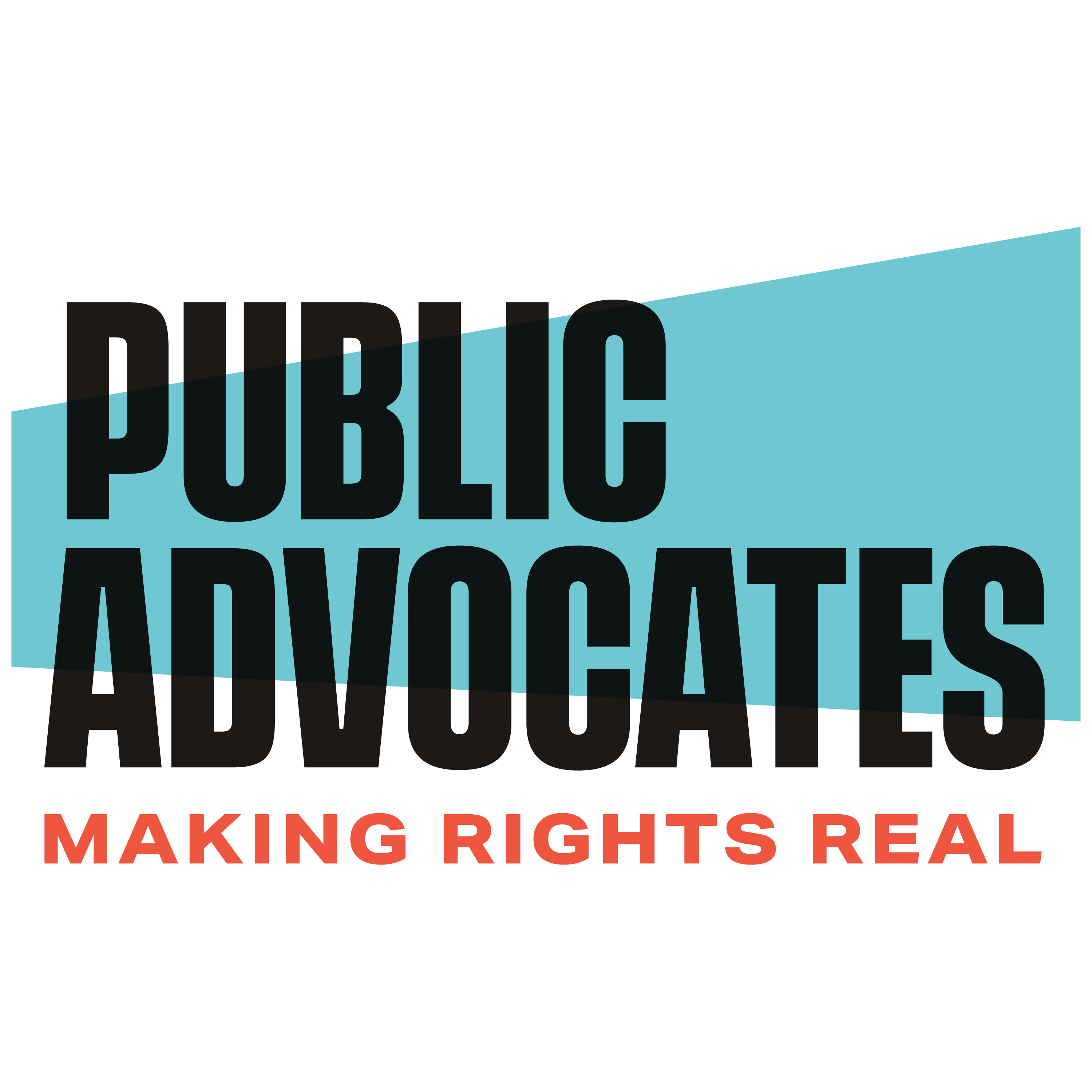Project: Cap and Trade Revenues under AB 32 and SB 535
For Immediate Release: October 8, 2015
Contacts:Sydney Fang – Asian Pacific Environmental Network (APEN) 510.703.1311 (cell),
Conrad Contreras – The Greenlining Institute, 831.776.6029,
Isabel Alegría – Public Advocates, 510. 541.5428 (cell),
Fabiola Lao – Coalition for Clean Air, 213.453.4122 (cell)
Over 100 Statewide Environmental Justice Leaders Highlight Solutions and Call for Deeper Investments into Disadvantaged Communities
Los Angeles – As California enters a new era of renewable energy with the signing of SB 350, over 100 advocates, state agency staff, and researchers gathered in Los Angeles to strategize around how similar solutions can reach California’s most vulnerable communities. While California has set new goals for greenhouse gas reductions, community leaders have already implemented affordable housing near transit, renewable energy, and urban forestry projects for the past year in disadvantaged communities to reduce emissions and address equity issues.
“Low-income, communities of color have long endured fossil fuel pollution in our neighborhoods. This experience has given us the leadership to generate solutions on the ground for energy, housing and transportation in our neighborhoods using California’s climate investments. The solutions we have been working for in our communities—cleaner air, renewable energy and equitable investments—are beginning to take hold statewide. As Governor Brown signs SB 350 into law, our solutions have become law,” said Mari Rose Taruc, State Organizing Director at the Asian Pacific Environmental Network.
The convening, entitled “Leading with Equity: Evaluating and Advancing California’s Climate Investments,” was hosted by the Asian Pacific Environmental Network (APEN), the Coalition for Clean Air, the Greenlining Institute and Public Advocates, a coalition of advocacy and community organizations that have led the implementation of the climate investments. The investments are a result of SB 535 (2012, de Leon), a law won from the advocacy of environmental justice leaders. Over 100 leaders from communities across the state attended the event from Northern California, the San Joaquin Valley, the Inland Empire, and Los Angeles.
“Sweeping transformation in polluted communities all over the state was possible this year because of the climate investments. Leadership from these local communities has created hundreds of jobs, thousands of new solar power systems, and hundreds of permanently affordable housing units. Communities impacted by climate change are leading the way toward climate solutions,” said Alvaro Sanchez, Environmental Equity Program Director at the Greenlining Institute.
Sanchez recently authored a report that details the benefits and projects funded in 10 cities across the state, “California Climate Investments: 10 Case Studies Reducing Poverty and Pollution.”
State agency staff also participated in the convening and have been involved in implementing the climate investments. Regional leaders shared with agency staff about the challenges and successes of the programs.
“We appreciate how state agencies, such as the Air Resources Board and Strategic Growth Council have been open to collaborating with us. Moving forward, we hope to see even greater collaboration because it is of vital importance that members of disadvantaged communities play a meaningful role in developing this program. In order for climate investments to be truly beneficial and transformative, the impacted communities and state agencies need to work closely to develop real solutions. Our success is their success,” said Marybelle Nzegwu, Staff Attorney at Public Advocates
Over the last year, out of nearly $1billon in proceeds generated under California’s carbon reduction law, $300 million were directed to disadvantaged communities across the state. Under SB 535, at least 25% of carbon reduction law proceeds (known as CA Climate Investments) are earmarked for diverse projects to benefit these communities, such as access to electric vehicles and cleaner freight, and rooftop solar systems. 10% of that amount must be used within disadvantaged communities.
While the gathering celebrated tangible successes, advocates are calling for deeper investment in disadvantaged communities.
“The current level of funding is making a difference, but impacted communities need much more. Polluters are paying for some of their damage, but they are still polluting our neighborhoods. Since these neighborhoods are hit first and worst by climate change, they should be funded first and most,” said Bill Magavern, Policy Director at Coalition for Clean Air.

